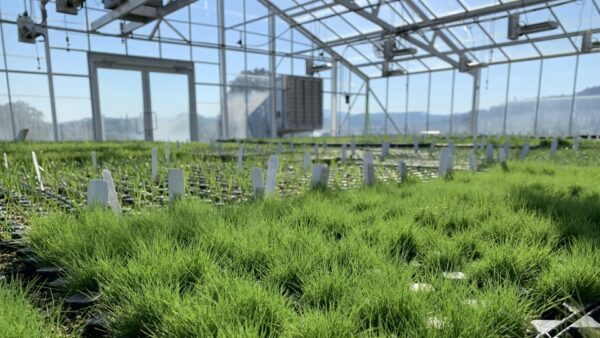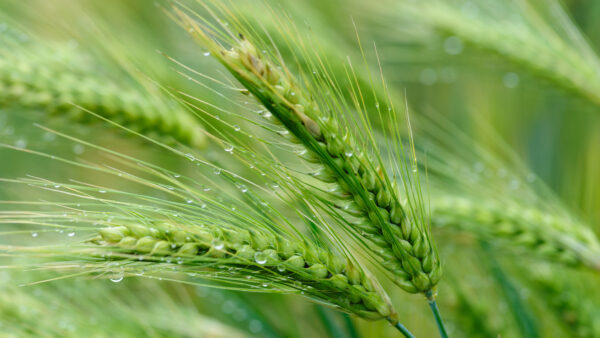There are plenty of vegetables whose genetics have stood the test of time — including the tomato. While it’s believed that domestication of tomato ancestors began sometime around 7,000 years ago in South America, recent research in genetics indicates that the smaller, cherry-sized tomatoes appeared first 80,000 years ago in Ecuador, according to the University of Illinois.
But, its history doesn’t stop there, and tomatoes will continue to have a bright future. Here are some quick facts to know about tomatoes the next time you head to the grocery store.
Father of the Modern Tomato:
Alexander W. Livingston, from Reynoldsburg, Ohio, developed the first commercially successful variety of tomato in 1870, according to Heartland Science.
Timeline
- 80,000 years ago: Smaller tomatoes originate in the Ecuador region.
- 7,000 years ago: Tomatoes were domesticated in Mesoamerica into what is now the modern tomato.
- 16th Century: Early seafaring explorers brough the domesticated tomato to Europe.
- 1870: Alexander Livingston developed the first commercially successful tomato.
- 1910: Campbell’s began their tomato breeding program.
- 1934: Heinz began breeding their 57 varieties of tomato.
Stats
- 340 billion is the number of pounds of fresh and processed tomatoes consumed globally in 2014.
- 70% is the percent of supply China, the U.S., the EU and Turkey produce together of tomatoes.
- 35 billion is the number of pounds of tomatoes produced by the U.S. in 2015.
- $705 million was the amount valued of fresh tomatoes in the U.S. in 2019.
Quick Facts
- The largest single tomato plant in the world covers an area of 56.73 meters sq and is located at Walt Disney World.
- La Tomatina is an annual festival in Spain where people through over 150,000 tomatoes at each other.
- The largest tomato on record picked was in Oklahoma in 2986 weighing over 3.5kg.
- There are 10,000 varieties of tomatoes worldwide.
Sources: USDA ERS, University of Illinois Extension, National Geographic and Heartland Science










